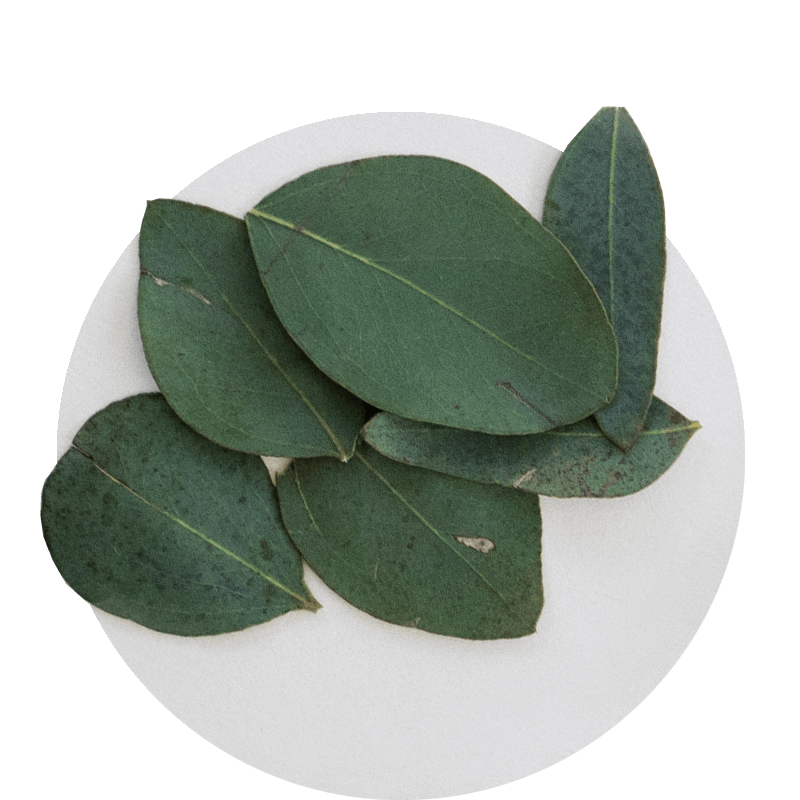Providing Patients With Healthier Dental Care Options
We are excited to share this guest post by Heather Carpenter of Adler Cosmetic and Family Dentistry in Boulder, CO. Check out their website at http://www.adlerdentistry.com/.
Our dental practice is located in the small city of Boulder, Colorado, population just a little over 100,000 people. For those unfamiliar with Boulder, the city and surrounding area consistently ranks in national polls and press coverage as one of the most active and health conscious communities in the country.
Boulder’s favorable climate, resident world class athletes, convenient access to the Colorado Rocky Mountains, the presence of a major university, and numerous other factors likely contribute to its healthy lifestyle and reputation. Perhaps also for these reasons our patients are especially attuned to health-oriented practices in many aspects of their personal care, dentistry and oral health certainly included.
When we decided to make The Dental Herb Company’s products available to our patients it was in many ways a common sense decision. Prior to officially adding The Dental Herb Company’s products to our in-office product offerings, we’d had first-hand experience with the products for a number of years. As the Director of Operations at Adler Cosmetic and Family Dentistry, I used the products personally. I especially liked the natural cinnamon eucalyptus flavor of the toothpaste. Also, I noticed that I didn’t get a film on my teeth after brushing (like I often experienced when using most commercial brands). I also liked that the toothpaste is safe to use with veneers and is sodium lauryl sulfate (SLS) free.
We did our own research on the ingredient sodium lauryl sulfate. For those not familiar with SLS, it’s a common ingredient in personal care products. SLS is essentially an additive that allows cleansing products to foam. According to the Environmental Working Group’s Skin Deep Cosmetic Safety Database, SLS is a “moderate hazard” that has been linked to cancer, neurotoxicity, organ toxicity, skin irritation and endocrine disruption.
Since we began making Dental Herb Company’s products available to our patients, we’ve started offering samples of the products to some of our patients. Examples of the feedback we’ve received from those who’ve sampled products in our office include:
- “I like that it’s all natural and alcohol free.” – Talia
- “You can feel the essential oils working.” – Carly
- “Yum! It’s minty and doesn’t burn! Such a refreshing flavor!” – Leah
It’s comments like these, combined with our own experience and research, that gives us confidence we’re doing our patients a service by providing them with healthier options for their dental care. Providing our patients with healthier dental care options helps us ensure we’re responsive to our patients’ preferences. It also helps us favorably differentiate our dental practice in our community.
About the Author
Heather Carpenter is the Director of Operations at Adler Cosmetic and Family Dentistry in Boulder, Colorado.


